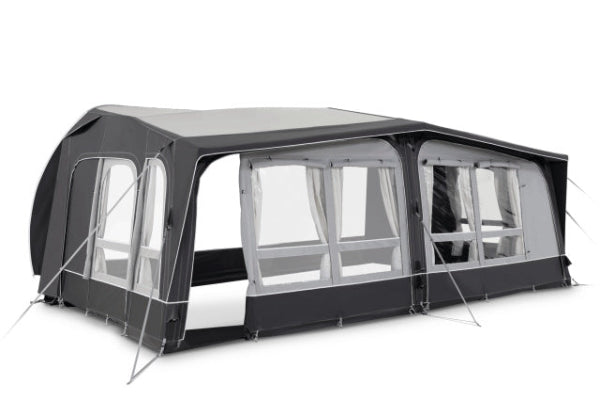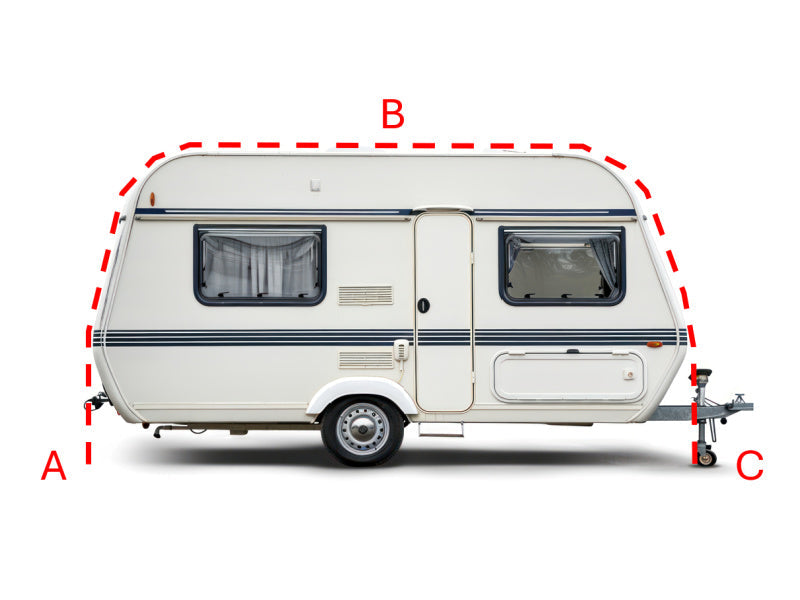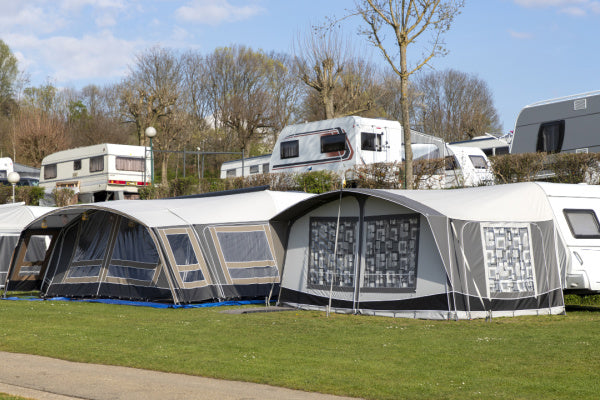Generators Made Easy: A Dummy's Guide to How They Function
Ever wonder how your camping generator magically powers your kettle in the wild?
Short answer: it turns fuel into electricity using spinning magnets—yes, really.
Generators aren’t rocket science, and this guide breaks it down without frying your brain. Stick around to get smart, not shocked.
The "Aha!" Moment: How Movement Magically Becomes Electricity
The Basic Trick: Generators Turning Motion into Power
Generators work by converting mechanical energy into electrical energy. It sounds complex, but it’s really all about motion.
In simple terms, generators take something that moves—like an engine—and use it to create usable power.
This basic process is the foundation of how generators function.

What’s "Mechanical Energy"? (The "Motion" Part from an Engine)
Mechanical energy is the force produced by motion. When a generator’s engine runs—usually using fuel like petrol or diesel—it spins an internal part called the rotor.
This spinning movement provides the motion needed to start the process of making electricity.
It’s the first step in turning fuel into power.
What’s "Electrical Energy"? (The "Power" Part for Your Gadgets)
Electrical energy is what powers your gadgets and appliances. It’s created inside the generator once mechanical energy is converted.
This current flows to outlets, ready to charge phones, run a fridge, or light up a tent.
It’s the end result of the generator’s internal work.
The Big Idea: Electromagnetic Induction (Faraday’s Cool Discovery Explained Simply)
Back in the 1830s, Michael Faraday discovered electromagnetic induction.
This means that when a coil of wire moves through a magnetic field, it generates electricity.
That’s the science behind every generator. It’s why spinning magnets inside a generator create the electrical flow we rely on.
Peeking Under the Hood: Key Parts & How They Create Power Together
Meet the Power Team: The Engine and the Alternator
The Engine: The Muscle Providing the “Go” (and its Fuel)
The engine is the workhorse of the generator. It burns fuel to produce motion.
This motion powers the alternator and starts the electricity-making process. Different fuels can be used, like petrol, diesel, or propane.
Engines vary in size and output depending on the generator’s purpose.

The Alternator: The Real Electricity Factory (How Magnets and Wires Make Current – Rotor & Stator Simply Put)
The alternator is where the magic happens.
Inside it, the rotor spins and creates a magnetic field around a stationary coil called the stator. As this movement happens, electricity is generated.
This is the direct result of electromagnetic induction in action.
The Supporting Crew & The Flow of Power
Other Important Bits: Fuel System, Voltage Regulator, Control Panel & Outlets
Aside from the engine and alternator, other parts play vital roles.
The fuel system stores and delivers fuel. The voltage regulator ensures stable power. The control panel lets users operate the generator, and the outlets provide usable electricity.
Each part works together to keep the system running smoothly.
Step-by-Step: How an Engine’s Work Becomes Usable Electricity
-
Fuel enters the engine and combustion begins.
-
The engine spins the rotor inside the alternator.
-
The rotor creates a magnetic field as it moves.
-
This induces a current in the stator.
-
The voltage regulator smooths the output.
-
The generator sends power to your devices.
Powering Up Safely & Smartly: Generator Types and Essential Rules
Which Generator for Me? A Quick Look at Common Types
Portable Generators: For Camping, Tailgating, and Small Backup Needs
Portable generators are perfect for outdoor use, like camping or emergencies.
They’re easy to move, simple to use, and ideal for running a few small appliances or tools. These are the go-to choice for flexibility on the go.

Standby (Whole-House) Generators: For Automatic Power During Outages
Standby generators are a fixed solution.
They’re installed permanently and switch on automatically during power cuts. While pricier, they’re ideal for larger homes or those who need uninterrupted power.
Inverter Generators: For Quiet Operation and Sensitive Electronics
Inverter generators offer clean, stable energy. They’re great for devices like laptops, TVs, and medical equipment.
They’re also much quieter than standard models, making them a popular pick for camping or caravanning.
(Brief Mention) Solar Generators vs. Fuel-Powered Generators
Solar generators run silently and require no fuel. They’re eco-friendly but have limited power output and rely on sunlight.
Fuel-powered generators last longer and can handle heavier loads, making them more reliable for most users.
Generator Safety 101: Must-Know Rules for Dummies (Don’t Skip!)
The #1 Danger: Carbon Monoxide (CO) – Why Generators MUST Be Outdoors
Carbon monoxide is a silent killer. Generators produce CO gas when running.
Always use them outside, far from windows, tents, or enclosed spaces. Never run them in garages, sheds, or under awnings.
Electrical Hazards: Avoiding Shocks (Water, Cords, Backfeeding)
Water and electricity don’t mix. Keep your generator dry and off wet ground.
Use heavy-duty outdoor cords. Avoid plugging generators into home sockets unless a transfer switch is installed by a professional.
Fuel Safety: Handling Petrol, Propane, or Diesel Carefully
Always store fuel in proper containers.
Turn off the generator before refuelling to avoid sparks or fires. Keep fuel away from heat sources, and check for leaks regularly.
Basic Placement: Where to Put Your Generator for Safe Operation
Place the generator on level ground, at least 20 feet away from doors and windows.
Make sure it’s well-ventilated, protected from rain, and not near anything flammable.
Other content you might like:
- What Are The Disadvantages Of A Portable Generator?
- Will A 1000w Generator Run A Refrigerator?
- How Big Of A Generator Do I Need For Camping?
- Should You Leave A Generator On All Night?
- How Long Will A 2000-Watt Generator Run On A Full Tank Of Gas?
- Where Is The Best Place To Put A Generator When Camping?
- How To Cover A Generator In The Rain?
- Do I Need To Ground My Generator When Camping?
- Is It Okay To Enclose A Generator?
- How Long Can A Portable Generator Run Continuously?
- How Long Can Gas Sit In A Generator Before It Goes Bad?
- Will A 3500 Watt Generator Run Two Refrigerators?
- What Are The Tips For Using A Portable Generator?
- Do You Have To Turn Off Your Main Breaker When Using A Generator?





Leave a comment